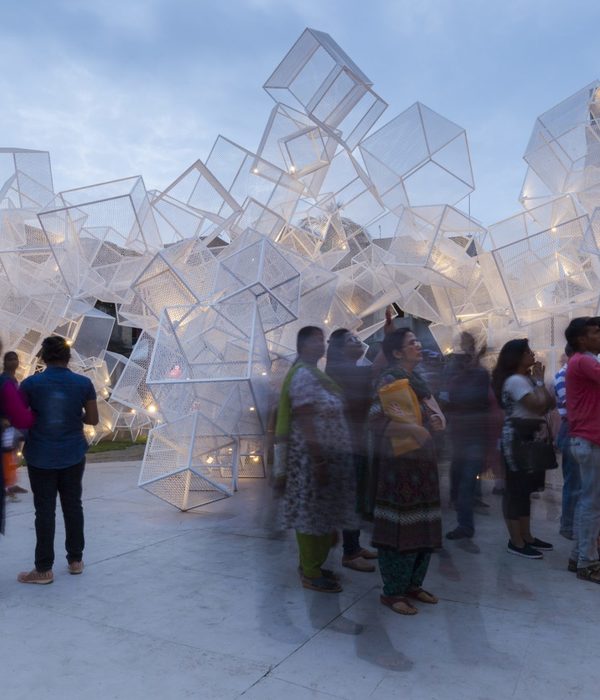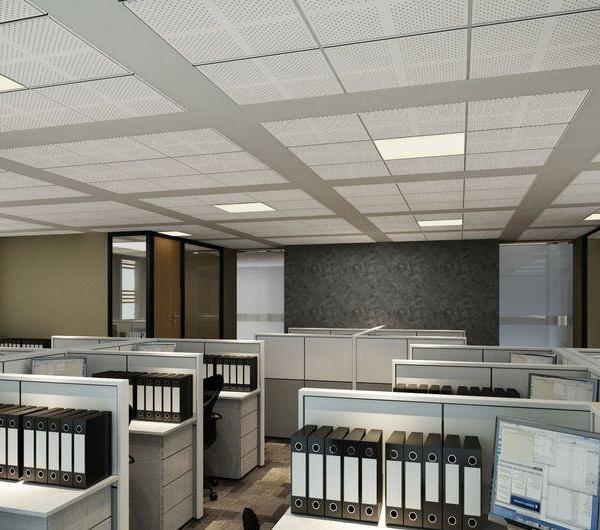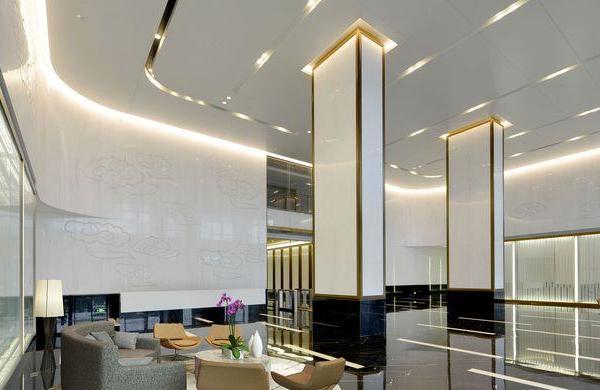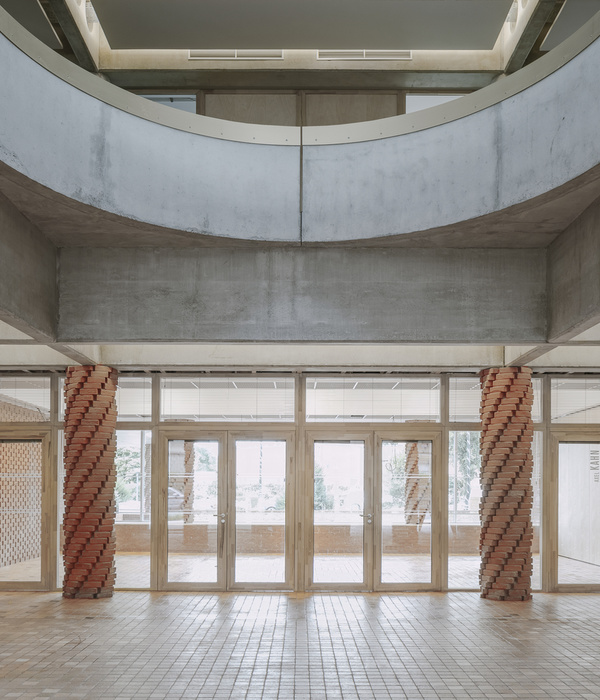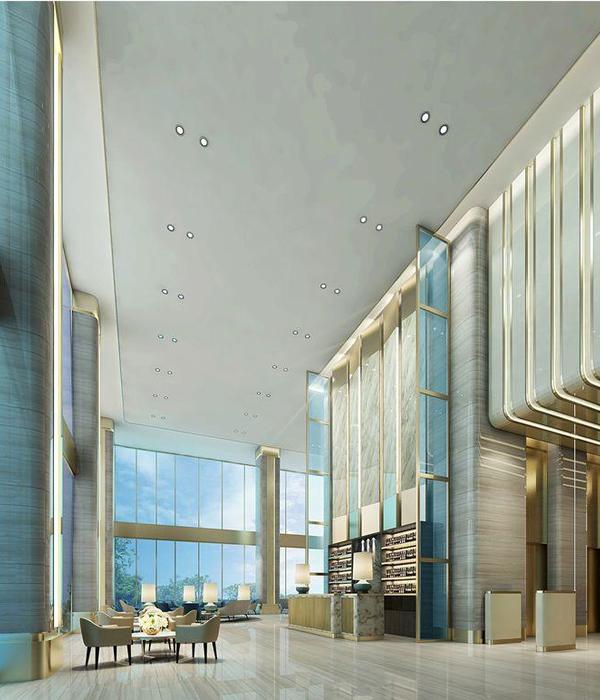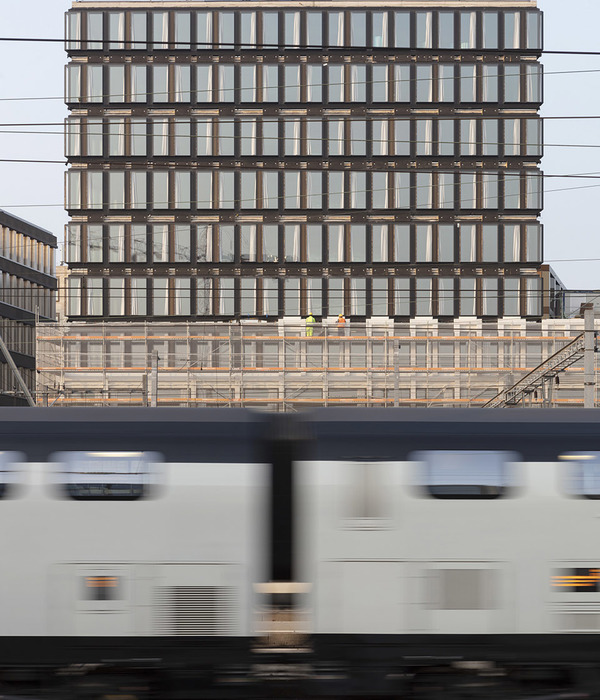架构师提供的文本描述。位于北京的建筑工作室TEMP在韩国仁川将一座老房子改造成一家咖啡馆。最初的结构是在70年代建造的,主要使用砖块和混凝土作为住宅用途。到了21世纪初,它就变成了当地的一家面条店。在第一次过渡期间,大楼被漆成白色,前院被夷为平地,变成了一个停车场。在改造结构作为咖啡馆的功能,工作室设计的方法,主要包括破坏,以揭示原来的建筑。
Text description provided by the architects. Beijing-based architecture studio, TEMP, has renovated an old house into a café in Incheon, South Korea. The original structure was first built in the 70s using mainly bricks and concrete for a residential purpose. It was then turned into a local noodle store by the early 2000s. During this first transition, the building was painted white and the front yard was flattened into a parking lot. In refitting the structure to function as café, the studio designed through methods that mostly comprised of destruction to reveal the original architecture.
Text description provided by the architects. Beijing-based architecture studio, TEMP, has renovated an old house into a café in Incheon, South Korea. The original structure was first built in the 70s using mainly bricks and concrete for a residential purpose. It was then turned into a local noodle store by the early 2000s. During this first transition, the building was painted white and the front yard was flattened into a parking lot. In refitting the structure to function as café, the studio designed through methods that mostly comprised of destruction to reveal the original architecture.
© Weiqi Jin
魏晋
粉刷过的白色外墙被磨掉,露出了原来的混凝土层。室内干墙和凸起的地板随后被拆除,露出内部砖墙结构墙。玻璃外墙被折叠玻璃门所取代,以便从室外到室内更自然地过渡。这本质上是一个清理的过程,因为更多的被拿走,然后添加。
The painted white façade was ground away to reveal the original concrete layers. The interior drywalls and the raised floors were then taken away revealing the inner brick structural walls. The glazing façade was replaced by folding glass doors to allow for a more natural transition from the outdoors to the indoors. It essentially is a process of cleaning up as more were taken away then added.
The painted white façade was ground away to reveal the original concrete layers. The interior drywalls and the raised floors were then taken away revealing the inner brick structural walls. The glazing façade was replaced by folding glass doors to allow for a more natural transition from the outdoors to the indoors. It essentially is a process of cleaning up as more were taken away then added.
© Weiqi Jin
魏晋
© Weiqi Jin
魏晋
室外阳台是唯一新增的区域。它是一种阶梯混凝土砌块结构,内嵌景观和座椅。当一个人走出咖啡馆走到街上时,他穿过几层空间,从旧砖块到混凝土外墙,从折叠玻璃门到钢丝绳等等。一排钢丝绳连接旧的质量到新的平台,同时创造一个三角形的空间,并给建筑一个不同的外观。
The outdoor balcony area is the only newly added area. It is a stepped concrete block structure with landscape and seating embedded into it. As one steps out of the café down to the street, he passes through a few layers of space from the old bricks to the concrete façade, the folding glass doors to the wire ropes, and so on. A row of wire ropes bridges the older mass to the new platform while creating a triangular volume of space and giving the building a different look.
The outdoor balcony area is the only newly added area. It is a stepped concrete block structure with landscape and seating embedded into it. As one steps out of the café down to the street, he passes through a few layers of space from the old bricks to the concrete façade, the folding glass doors to the wire ropes, and so on. A row of wire ropes bridges the older mass to the new platform while creating a triangular volume of space and giving the building a different look.
© Weiqi Jin
魏晋
对过去几十年中存在的东西的熟悉程度是由少数几个精心添加的组件组成的。咖啡吧、楼梯和顾客的座位区主要是用混凝土、木头和钢建造的。两者之间看似明显的紧张关系体现了空间的气氛。
The familiarity of what used to exist over a few decades is overlaid with a wash of few carefully added components. The coffee bar, the stairs, and the customer’s seating area mainly built using concrete, wood, and steel. The seemingly-noticeable tension between the two embodies the atmosphere of the space.
The familiarity of what used to exist over a few decades is overlaid with a wash of few carefully added components. The coffee bar, the stairs, and the customer’s seating area mainly built using concrete, wood, and steel. The seemingly-noticeable tension between the two embodies the atmosphere of the space.
© Weiqi Jin
魏晋
咖啡馆总体上探索了一种方法,将现有的私人住宅结构转变为一个商业空间,使之受益于更开放和更公开的空间。要销毁或保存的内容与是否进行干预或增强之间的平衡定义了项目。
The café overall explores a way to convert an existing private residential structure into a commercial space that benefit from being more open and public. The balance between what to destroy or preserve and whether to intervene or enhance defines the project.
The café overall explores a way to convert an existing private residential structure into a commercial space that benefit from being more open and public. The balance between what to destroy or preserve and whether to intervene or enhance defines the project.
© Weiqi Jin
魏晋
Architects TEMP
Location Incheon, South Korea
Design Team Howard Jiho Kim, Dakyung Hwang, Zihua Chen, Xiaoqian Deng
Project Year 2017
Photographs Weiqi Jin
Category Coffee Shop
{{item.text_origin}}

